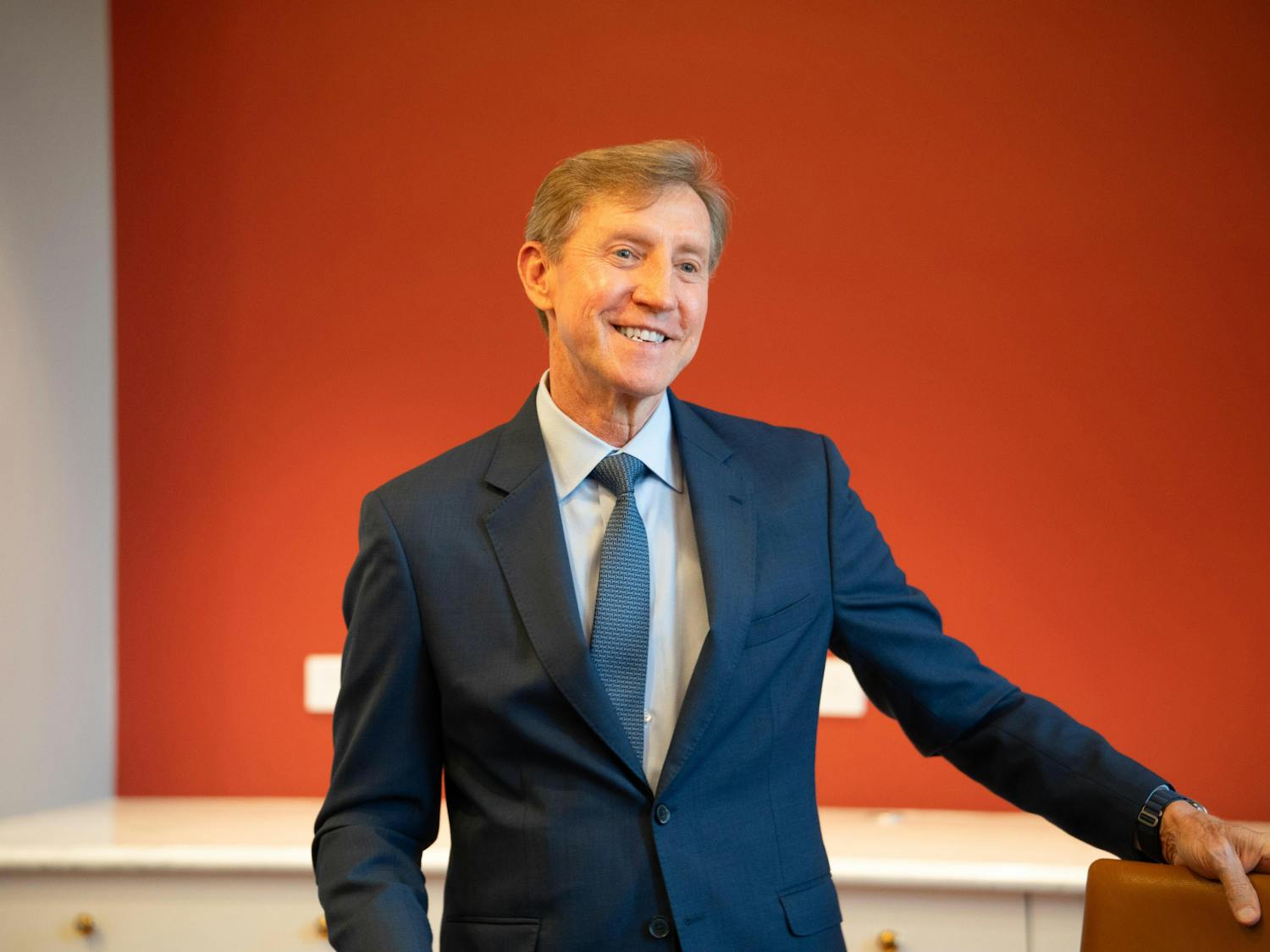Endowment returns across the Ivy League have surged following a relatively stagnant 2012 fiscal year, with Penn leading the pack.
The University’s 14.4 percent investment return in the 2013 fiscal year has so far set the pace among its peer institutions.
Among peers that have released fiscal 2013 data, Brown University’s investment performance — a 12.6 percent return, as of June 30 — is currently second in the Ivies, behind Penn. Harvard and Yale universities, which have the two largest endowments in American higher education, saw investment returns of 11.3 percent and 12.5 percent, respectively.
Cornell and Princeton universities have not yet announced their fiscal 2013 returns. The Ivy League fiscal year ends on June 30.

Penn’s place at the top of the Ivy League is a slight departure from recent trends. The University, which pursues a more conservative investment strategy than institutions like Harvard and Yale, tends to lose less than its peers do in down markets, while at the same time gaining less than its peers do in up markets.
Executive Vice President Craig Carnaroli said that the University’s strong 2013 performance — which brought the endowment to $7.7 billion as of June 30, eclipsing the $7 billion mark for the first time — was an encouraging sign. “To have a top performance in an up market like this is nice to see,” he said. “It sort of speaks volumes to the depth of the organization we’ve created here.”

Related: Endowment passes $7 billion mark
Penn’s double-digit endowment return in 2013 came on the heels of a significant shakeup inside the investment office. In October 2012, Kristin Gilbertson, former Penn chief investment officer, announced unexpectedly that she planned to resign. David Harkins, managing director of public markets, led the investment office on an interim basis until Peter Ammon, previously an investment director at Yale, was brought on as the University’s CIO on July 1.
Ammon credited Harkins in an interview last month for his work to keep the office afloat, saying that he “did a fantastic job of transitioning and decision-making through a period in which there was clearly change going on.”
Related: Penn hires new chief investment officer
Despite the University’s strong single-year return, President Amy Gutmann cautioned at a recent Board of Trustees meeting that it is more important to pay attention to longer-term performance. As of June 30, Penn’s 10-year annualized investment return was eight percent; the largest 10-year returns in the Ivy League have come at Columbia and Yale universities, both at 11 percent.
On the whole, said John Griswold, executive director of the Commonfund Institute, which researches endowments and investment practices, the strong fiscal 2013 performance of top-ranked institutions is unsurprising.
Many elite institutions, Griswold said, seem to be reaping the benefits of a rebound in both public and private markets. At Penn, U.S. equities were among the top-performing asset classes in the 2013 fiscal year.
“A lot of them have done a good job of adjusting to the current circumstances by continuing to diversify their portfolios, but also by leveraging different markets each year,” he said.
As a group, foundations and endowments saw a one-year median return of 11.3 percent as of June 30, according to a recent Wilshire Associates report. Penn and its peers, however, underperformed in the Standard & Poor’s 500 Index, which reported a benchmark return of 20.6 percent through June 30.
Related: Penn’s endowment return comes out ahead of national average
Rounding off the Ivy League, Columbia University and Dartmouth College saw returns of 11.5 percent and 12.1 percent, respectively, as of June 30. Outside of the Ivies, the Massachusetts Institute of Technology and Stanford University recently announced investment returns of 11.1 percent and 12.1 percent.
While Penn may have turned a corner from the 2009 fiscal year — when, at the height of the economic recession, the University’s investments plummeted 16 percent — Carnaroli cautioned that the endowment is not out of the woods yet.
The 2009 fiscal year, Carnaroli said, “is going to be remembered as the seminal moment for how people think about liquidity and risk.”
“What happened then is still very much present in our minds,” he said. “I don’t see it becoming a distant flame anytime soon.”









